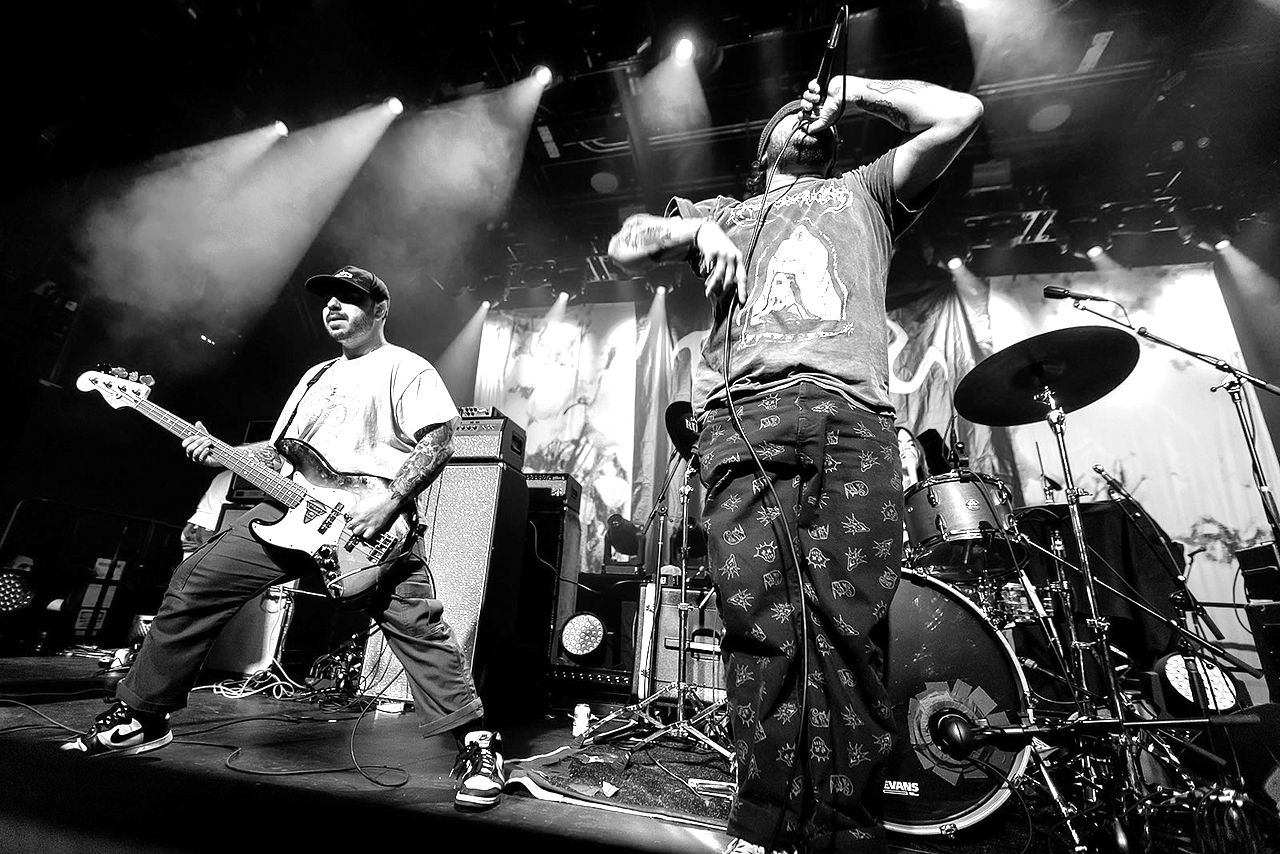

Follow Your Favorite Band Today!
Top Fugitive Community Posts
Members
Current
Seth Gilmore
Lead vocals
Story of Fugitive
Blake Ibanez returns with a new band, Fugitive, and the aggressive pit detonation Thrash he’s known for in Power Trip, now with an even rawer and looser ferocity. Joined by Seth Gilmore (Skourge), Lincoln Mullins (Creeping Death), Victor Gutierrez and Andy Messer, Ibanez and co. cohere in intensely violent crossover fashion with Fugitive; a product of long earned experience in the studio and on the stage.
After the ripping introduction of the ‘Maniac’ EP in 2022, Fugitive’s follow-up 7” is their best two tracks to date. The A-side features ‘Blast Furnace’, a mid-paced onslaught of anthemic Crossover aggression and throat-shredding Thrash. On the B-side the motor-charged ‘Standoff’ displays the hunger and frantic energy of a new band full of forceful vigor, with the writing, production and arrangement chops of seasoned live vets. With this EP and the debut 12”, the stage is now set for a Fugitive takeover.
Bands you may like
More Metalcore Bands
Explore MetalcoreDiscover more bands in the Metalcore genre and explore the diverse sounds that define this musical style.
Browse All Metalcore BandsMore Bands from United States
Explore United StatesDiscover the rich musical heritage of United States and explore bands that represent the country's unique sound and culture.
Browse All United States Bands